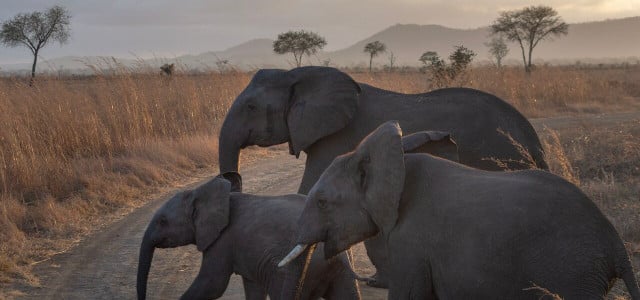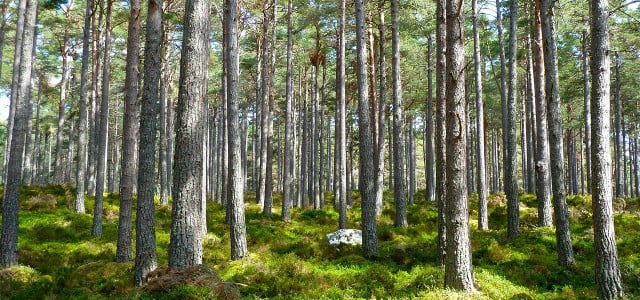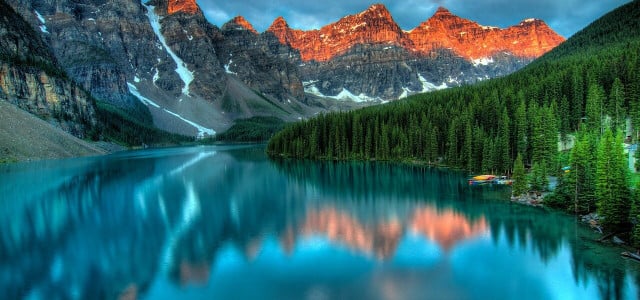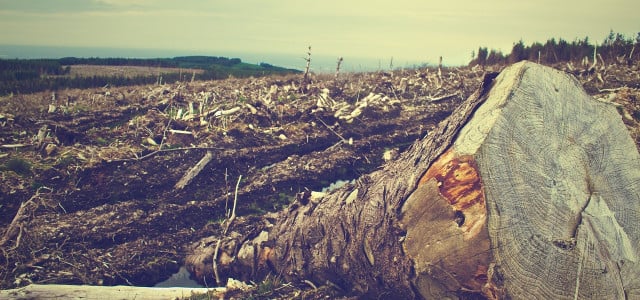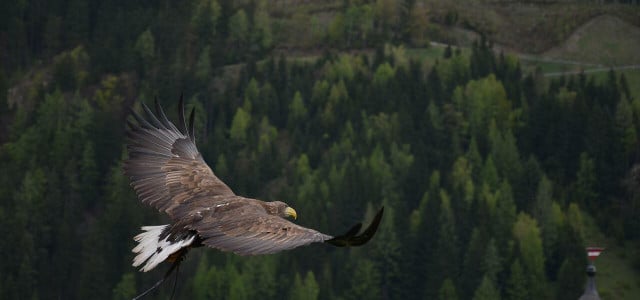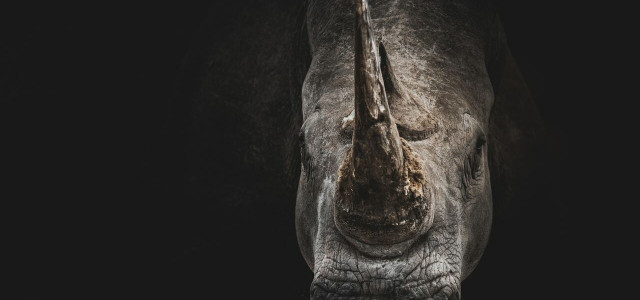What is the goal of wildlife conservation? There’s a lot more to it than just saving endangered species. Learn more about this practice with our comprehensive guide.
When it comes to tackling a large problem, it helps to break it down into manageable pieces, taking it one step at a time while maintaining a view of the bigger picture. Saving the planet is a multifaceted problem due to the interconnectedness of species and ecosystems as well as political agendas. Conservation, specifically with regard to wildlife, is the focus of this article.
What is the goal of wildlife conservation? While it’s commonly thought to be a way to save endangered species, there is a lot more to it than that. Understanding what endangered means enables you to better comprehend the issue that makes up only one part of this protection method. We’ll take an in-depth look at wildlife conservation to help highlight why this practice is critical for our future.
What is the Goal of Wildlife Conservation?
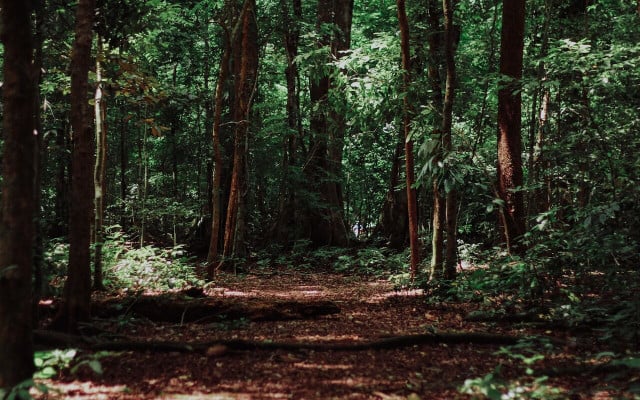


National Geographic defines conservation as the act of protecting Earth’s natural resources for current and future generations. This means that wildlife conservation refers to the practice of protecting wild plant and animal species along with their habitats.
Wildlife conservation takes on many forms and involves certain practices including:
- Preventing the extinction of species
- Protecting ecosystems and biodiversity
- Increasing wildlife population numbers
- Promoting sustainable living practices for peaceful cohabitation
- Educating and raising awareness about the importance of wildlife
The ultimate aim of this practice is to maintain a healthy ecosystem that is able to support both humans and wildlife. This means preventing problematic practices like the destruction of habitats and climate change to help ensure biodiversity isn’t lost as well as restoring, protecting and enhancing natural ecosystems.
Interconnectedness of Nature
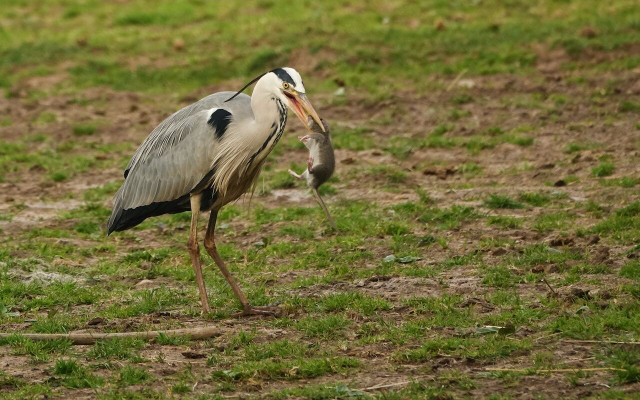


One of the most important things to look at when it comes to wildlife conservation is the way in which species are entwined and dependent on one another. This interconnectedness impacts ecological and evolutionary dynamics through various forms of interaction including competition, mutualism and predation.
By looking at this concept of interconnectedness, it becomes clear that maintaining biodiversity and preserving the health of ecosystems is critical. The loss of one species has cascading repercussions for the entire ecosystem. You don’t need to look much further than keystone species to understand just how big of an impact one species can have on its surrounding environment.
Understanding interconnectedness is also vital for predicting and managing the impacts of environmental change on different species and the challenges facing wildlife conservation — but more on that later.
Read on: 5 Threats to Biodiversity and What You Can Do
Preserving Ecological Services
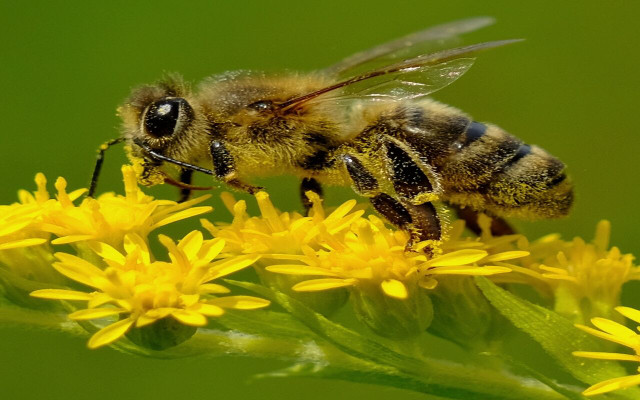


Once you understand how the planet is connected through various ecosystems, species and weather patterns, you can start to look at the individual roles plants and animals play within each system. A healthy ecosystem provides benefits to all living things — humans included — which are known as ecological services.
Ecological services are responsible for improving air and water quality, creating habitats for wildlife to live in, aiding plant growth, controlling pests and disease, providing food and medicine, and can even help protect us from natural disasters like floods and landslides. Let’s take a closer look at a few key ecological services:
- Pollination is a service provided to ecosystems by wildlife such as bees, wasps, moths, butterflies, flies and beetles. It plays a significant role in agriculture and is vital for food security around the world. With global bee populations on the decline, wildlife conservationists are doing everything they can to save the planet from bee extinction.
- Seed dispersal increases genetic diversity within any given ecosystem and enables the survival of various plant species. Seeds can be distributed via animals, wind or water and these seeds can then go on to create new microhabitats full of resources for wildlife.
- Climate regulation can be achieved through various ecological services. The water cycle controls precipitation and moisture levels which affect temperature and weather patterns. Different types of forests and other vegetation help store and sequester carbon, helping to offset greenhouse gas emissions. Wetlands provide habitats to a wide variety of species and also work as a carbon sink and help to filter both water and air pollution.
The importance of ecosystem diversity is clear and the preservation of ecological services is imperative for the planet’s survival.
Challenges Facing Wildlife Conservation
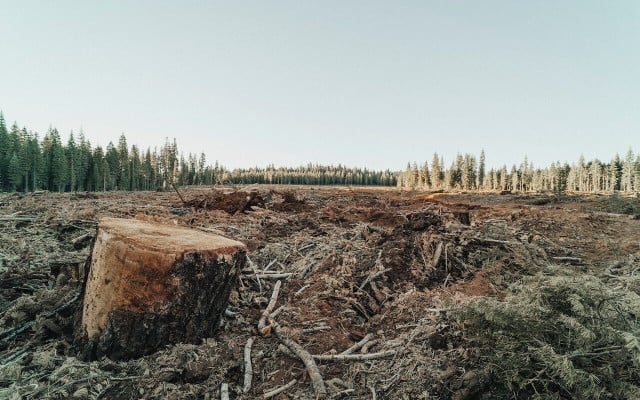


Although there are many organizations committed to wildlife conservation, they all face seemingly insurmountable challenges related to human-environment interaction. Some of the many hurdles to overcome include:
- Habitat loss
- Invasive species
- Pollution
- Environmental degradation
- Poaching
- Human-wildlife conflicts
- Climate change
These challenges can impact the health and survival of various species and can pose a threat to entire ecosystems. Conservation efforts aim to address these challenges and promote the protection and preservation of wildlife and their habitats.
Role of Protected Areas and Conservation Policies
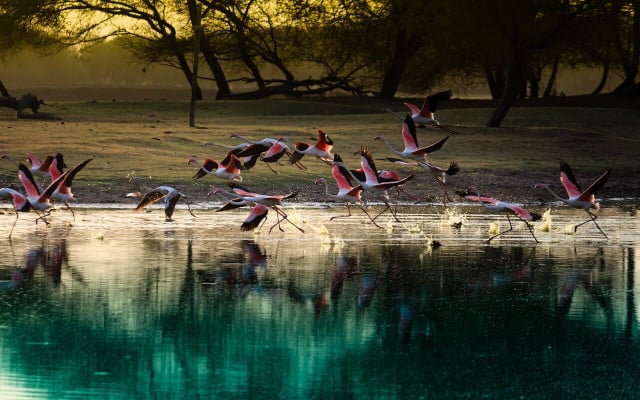


Two important tools necessary to achieve the goal of wildlife conservation are protected areas and conservation policies, as they help to prevent biodiversity loss through the preservation of habitats.
Protected areas often serve as a refuge where wildlife can thrive without the risk of negative human interaction. They can help to restore degraded habitats and these areas help to promote the recovery of threatened and/or endangered species. Some protected areas are completely off-limits to humans, while others encourage guests to come out and learn about the importance of maintaining these delicate ecosystems.
Conservation policies, on the other hand, can help address the underlying factors driving biodiversity loss and habitat destruction. These types of policies are generally aimed at reducing human impact on the environment and promoting the sustainable use of land — such as regenerative agriculture and forest conservation.
The effective management of both conservation policies and protected areas is imperative to ensure the continued success of wildlife conservation efforts. It requires international cooperation in order to be effective. They are good strategies for safeguarding wildlife and preserving the overall ecological function of natural systems.
You might enjoy: Cryopreservation: How it Works & Its Role in Biodiversity
Small Action Can Bring About Big Change
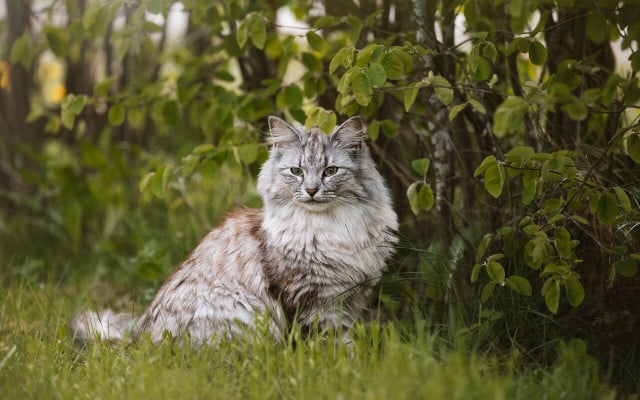


The point of this article wasn’t all doom and gloom, but it is necessary to shed light on some of the tougher issues our planet is facing. Fortunately, individuals do have the power to improve their homes, communities, and neighborhoods. In fact, there are simple things you can incorporate into your daily life that can contribute to the goal of wildlife conservation.
- Support national and state parks: The conservation of natural areas is more critical now than it’s ever been. Whether you choose to donate your time or money, the parks and their wildlife will thank you.
- Reduce, reuse, recycle: By reducing the demand for new raw materials and the amount of waste sent to landfills, recycling can help to reduce habitat destruction and pollution. It can also prevent wildlife from getting injured by discarded plastic ocean pollution and limit their risk of ingesting hazardous materials.
- Keep your pets under control: Remember to keep your dog on a leash when taking them for a walk to prevent them from disrupting other wildlife. Cats are another huge problem, as it’s estimated that domestic outdoor cats kill 1.3–4.0 billion birds and 6.3–22.3 billion mammals annually in the US alone.
- Support organic farmers: It’s no secret that pesticides, herbicides and GMO monoculture crops are contributing to habitat loss and environmental degradation. By choosing to support organic farmers, you and the planet will benefit.
- Participate in environmental activism: By advocating for policies to be changed, updated, or even created, you can do your part.
- Buy the right stamps: The USPS has a vanishing species set and donates a portion of all proceeds to wildlife conservation.
- Volunteer with local organizations: One of the most valuable things anyone has is their time. Put it to good use by volunteering with local wildlife conservation organizations or environmental NGOs.
- Avoid causing light pollution: Most animals, like humans, have a body clock and the use of artificial light can be harmful to their circadian rhythms.
- Use public transportation: The more cars that are on the road, the more likely wildlife is to be hit by them. In addition, reducing the number of cars on the road can help to mitigate climate change, which is one of the most significant threats to both wildlife and ecosystems around the globe.
- Plant native gardens: Since the goal of wildlife conservation is to maintain healthy ecosystems, planting the right plants in your garden can go a long way.
- Support wildlife photographers: These are the people that are documenting the drastic change in populations and bringing attention to many forgotten species.
Read more:
- Coppicing: Benefits of the Traditional Woodland Management
- How to Start a Garden Step-by-Step: A Guide for Green Thumbs in Training
- Environmental Stewardship: How to Safeguard Earth’s Future
Do you like this post?






